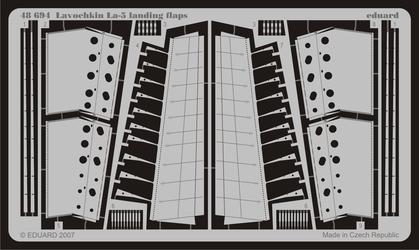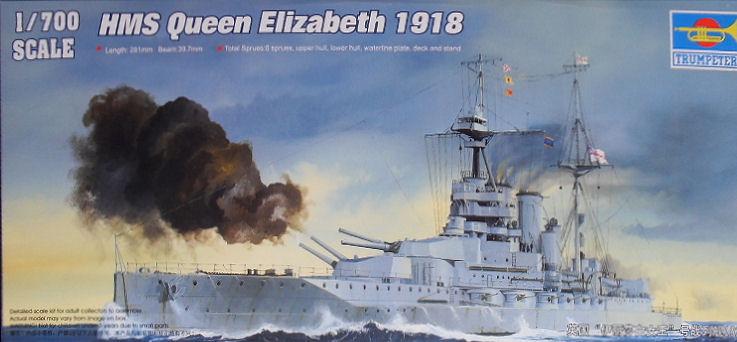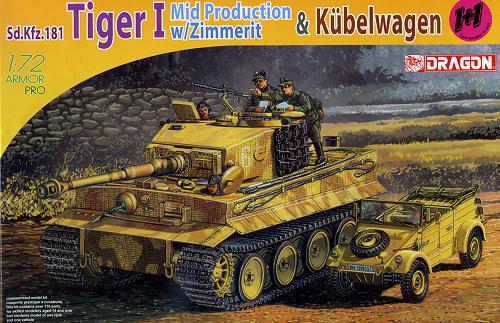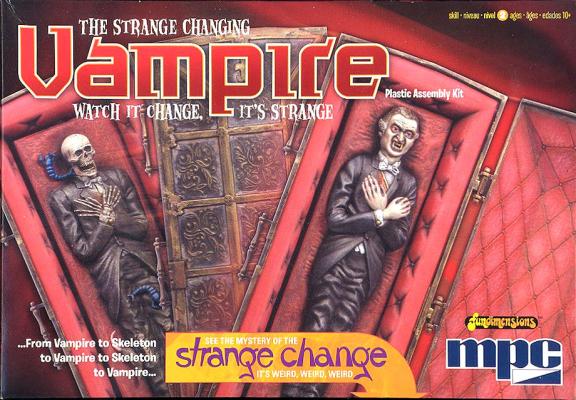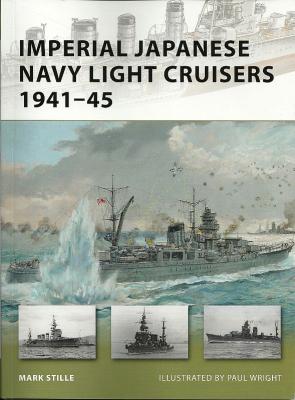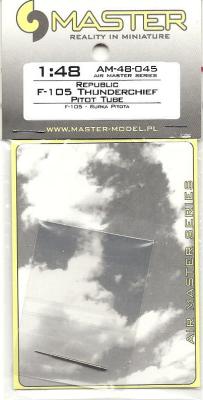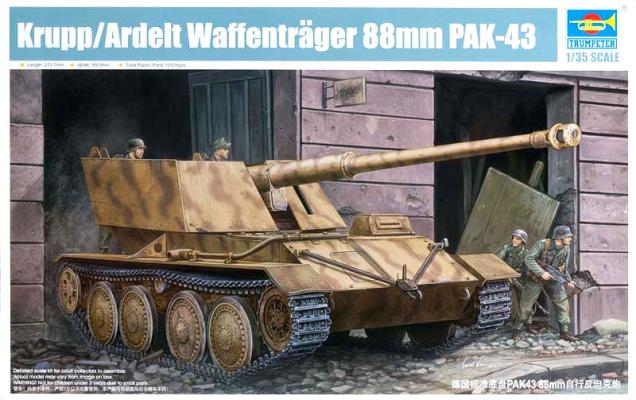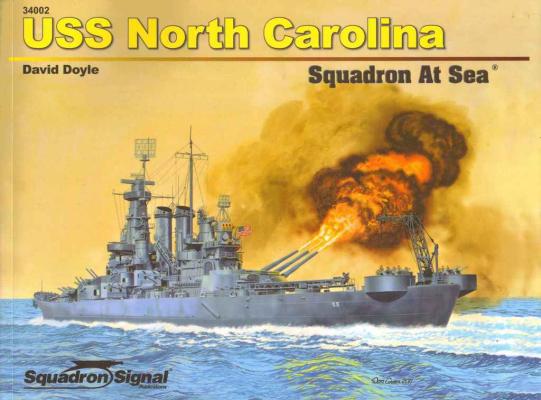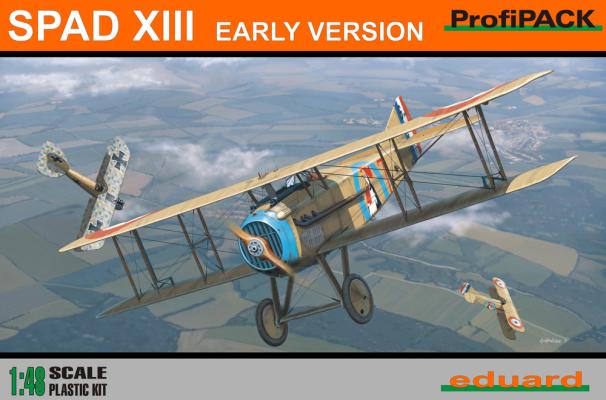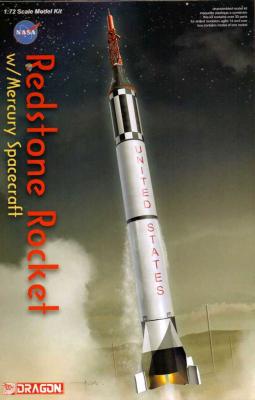Introduction
While it’s primarily remembered for the massive clash of armor on the ground, the battle of Kursk was also the debut a new Soviet fighter that would eventually help wrest control of the sky from the Luftwaffe’s Fw190 and Me109. That was the Lavochkin La-5/7 series of fighters. An offspring of the earlier LaGG-3 fighter, the La-5 was born when the inline engine of its protégée was replaced by a 14-cylinder M-82 radial engine. In spite of early teething problems that resulted in a redesigned cowling and the reduction of armament to 2 x 20 mm ShVAK cannons, the La-5 proved more than a match for the heavier Fw190A-4/5 series. The La-5FN was equipped with a fuel injected M-82FN radial, further improving its performance. Many Soviet aces, including Ivan Kozhedub (62 kills) and the subject of this built, Capt Pyotr Likholetov (30 kills), added to their scores flying the LA-5/7 series fighters.

